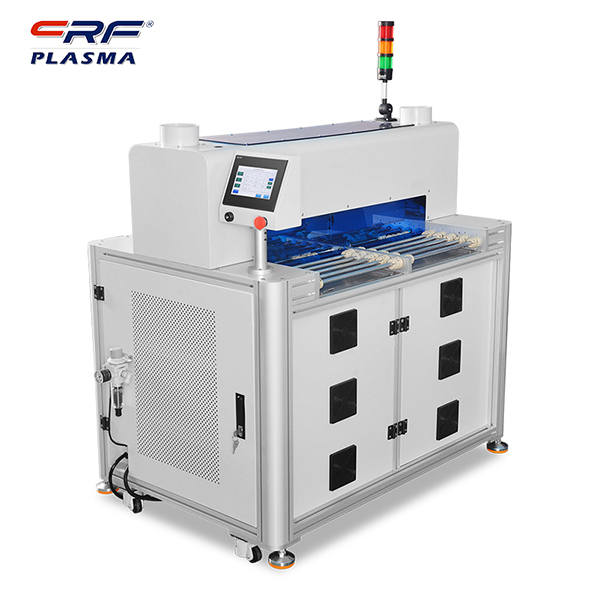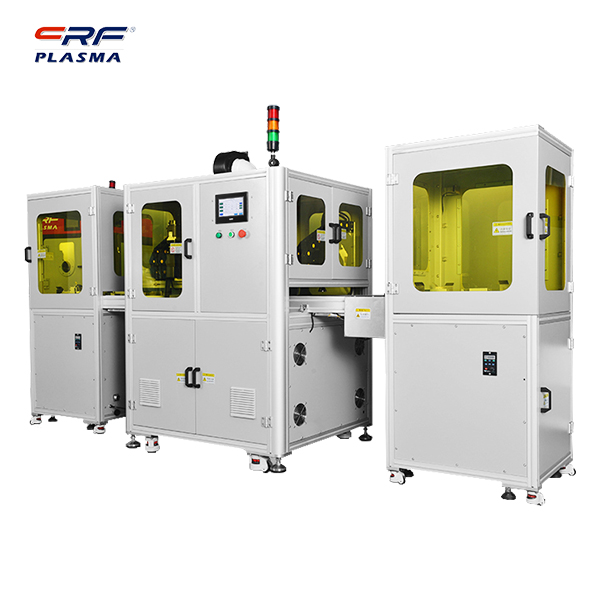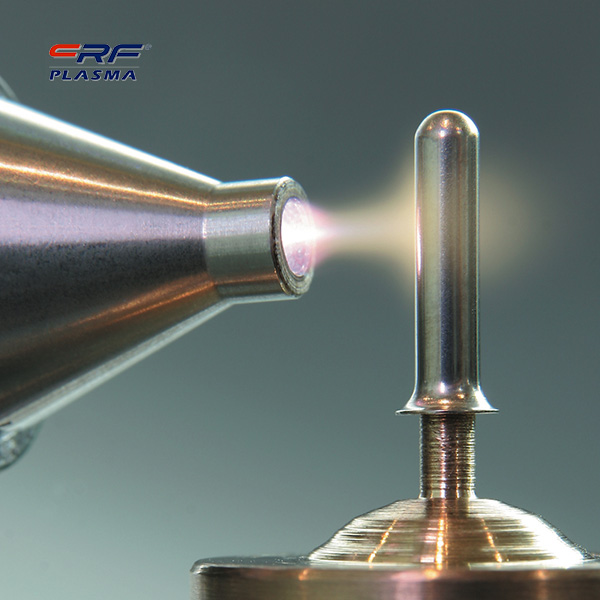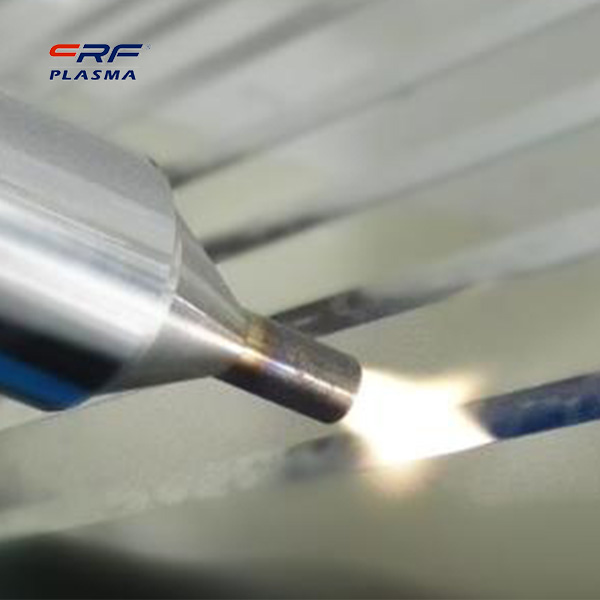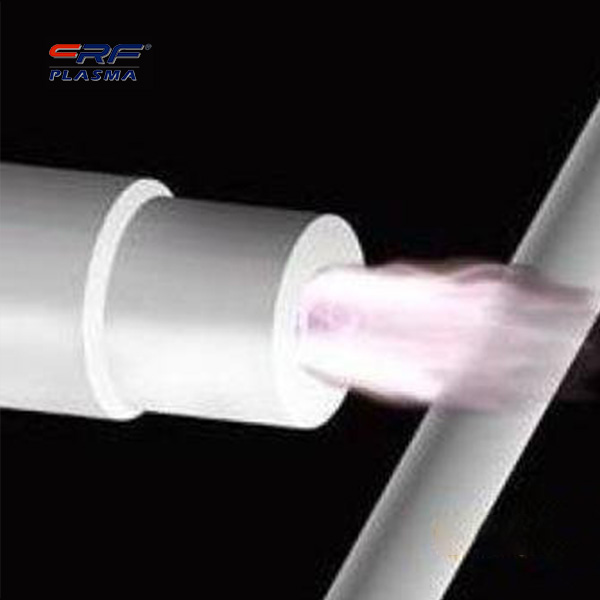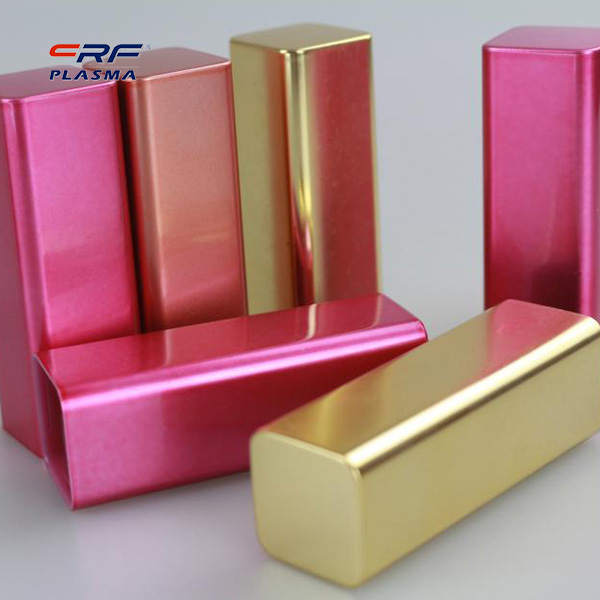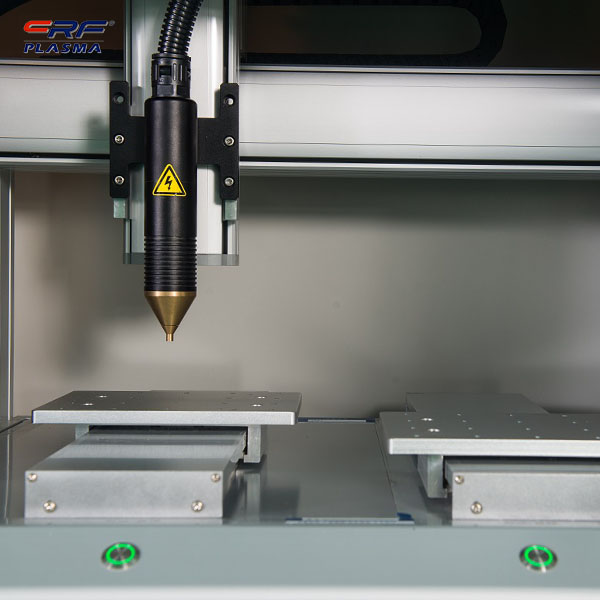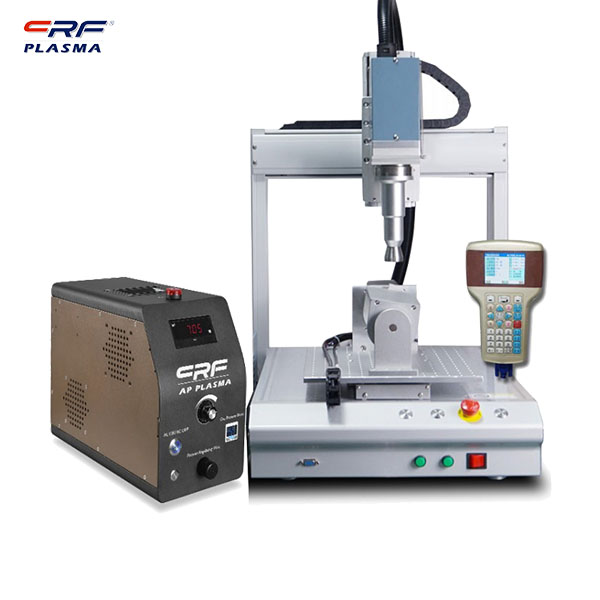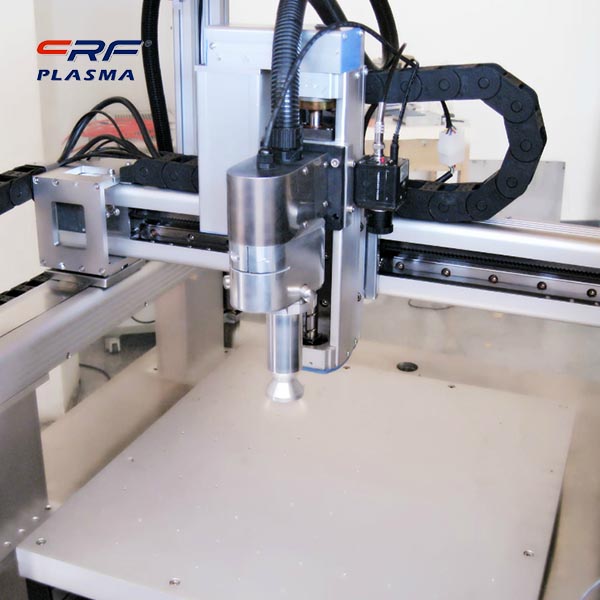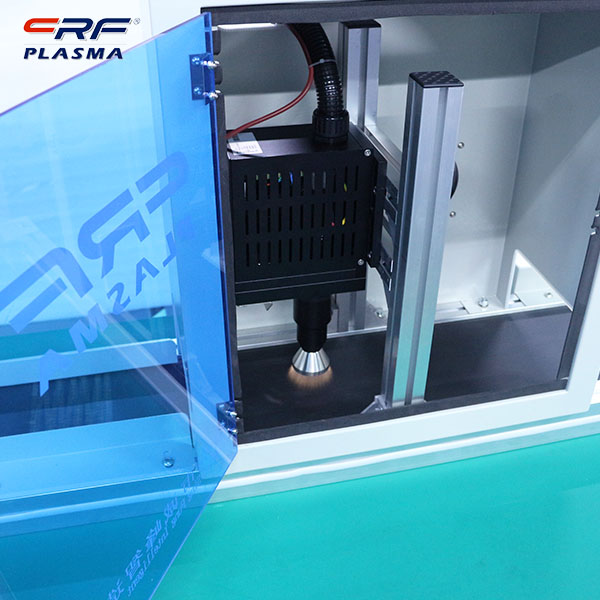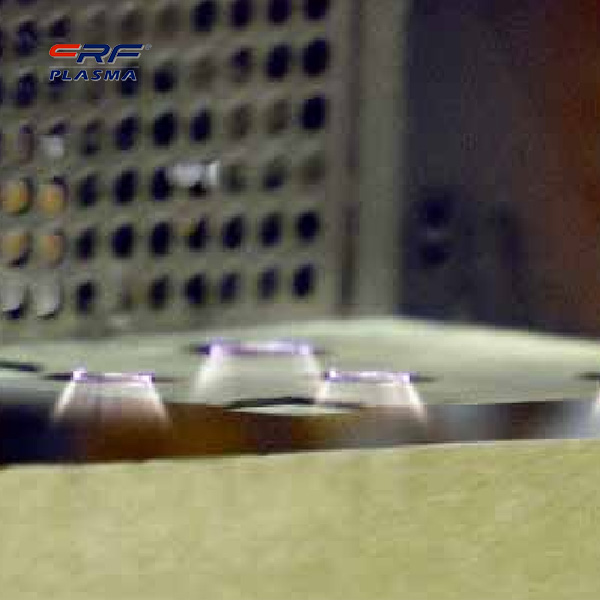
Welcome to Shenzhen Sing Fung Intelligent Manufacturing Co., Ltd.
E-mail:shaobo@sfi-crf.com
What are the steps involved in the wet etching system
- Categories:Technical Support
- Author:Plasma cleaning machine-CRF plasma plasma equipment-plasma surface treatment machine manufacturer-chengfeng intelligent manufacturing
- Origin:
- Time of issue:2021-12-08
- Views:
(Summary description)What are the steps involved in the wet etching system: The wet processing system provides a controllable chemical dripping capability, which further enhances the ability to remove particles from the surface of the substrate. At the same time, both SWC and LSC have a drip test system, which can greatly save the amount of chemical reagents. The dispensing system supports programmable chemical reagent mixing capabilities to control the distribution of chemical reagents on the entire substrate. Provides high repeatability, high uniformity and advanced megasonic cleaning, megasonic assisted photoresist stripping, and wet etching system. Wet etching is a commonly used chemical cleaning method. Its main purpose is to correctly copy the mask pattern on the surface of the silicon wafer to the glued silicon wafer, so as to protect the special area of the silicon wafer. Since the start of semiconductor manufacturing, silicon wafer manufacturing has been closely related to wet etching systems. The current wet etching system is mainly used to remove residues, float to remove silicon, large-scale pattern etching, etc. It has the advantages of simple equipment, high material selection ratio, and less damage to devices. The wet etching process has the advantages of low temperature, high efficiency, and low cost. During the wet etching process, the phosphosilicate glass and metal ions on the silicon wafer can be effectively removed, and the passivation and cleaning can be completed at one time to remove impurities. Thereby improving the use efficiency of silicon wafers. The wet etching system is an etching method that peels off the etched object through a chemical reaction between a chemical etching solution. Most wet etching systems are isotropic etching that is difficult to control. Features: Strong adaptability, uniform surface, little damage to silicon wafers, suitable for almost all metals, glass, plastics and other materials. Disadvantages: The fidelity of the drawing is not ideal, and the drawing minimum line is difficult to grasp. Wet etching is a technique in which etching materials are immersed in an etching solution for etching. In short, it is the concept of chemical solution etching in middle school chemistry class. It is a pure chemical etching with excellent selectivity. It stops after etching the current film without destroying other materials below. film. Semiconductor wet etching systems are all isotropic etching, so for the etching of the oxide layer and the metal layer, the width of the horizontal etching is close to the vertical etching depth. In this way, the pattern on the upper photoresist and the pattern on the lower material will have a certain deviation, so that the work of pattern transfer and replication cannot be completed with high quality. Therefore, as the feature size decreases, in the process of pattern transfer Basically no longer used.
What are the steps involved in the wet etching system
(Summary description)What are the steps involved in the wet etching system:
The wet processing system provides a controllable chemical dripping capability, which further enhances the ability to remove particles from the surface of the substrate. At the same time, both SWC and LSC have a drip test system, which can greatly save the amount of chemical reagents. The dispensing system supports programmable chemical reagent mixing capabilities to control the distribution of chemical reagents on the entire substrate. Provides high repeatability, high uniformity and advanced megasonic cleaning, megasonic assisted photoresist stripping, and wet etching system.
Wet etching is a commonly used chemical cleaning method. Its main purpose is to correctly copy the mask pattern on the surface of the silicon wafer to the glued silicon wafer, so as to protect the special area of the silicon wafer. Since the start of semiconductor manufacturing, silicon wafer manufacturing has been closely related to wet etching systems. The current wet etching system is mainly used to remove residues, float to remove silicon, large-scale pattern etching, etc. It has the advantages of simple equipment, high material selection ratio, and less damage to devices.
The wet etching process has the advantages of low temperature, high efficiency, and low cost. During the wet etching process, the phosphosilicate glass and metal ions on the silicon wafer can be effectively removed, and the passivation and cleaning can be completed at one time to remove impurities. Thereby improving the use efficiency of silicon wafers.
The wet etching system is an etching method that peels off the etched object through a chemical reaction between a chemical etching solution. Most wet etching systems are isotropic etching that is difficult to control. Features: Strong adaptability, uniform surface, little damage to silicon wafers, suitable for almost all metals, glass, plastics and other materials. Disadvantages: The fidelity of the drawing is not ideal, and the drawing minimum line is difficult to grasp.
Wet etching is a technique in which etching materials are immersed in an etching solution for etching. In short, it is the concept of chemical solution etching in middle school chemistry class. It is a pure chemical etching with excellent selectivity. It stops after etching the current film without destroying other materials below. film. Semiconductor wet etching systems are all isotropic etching, so for the etching of the oxide layer and the metal layer, the width of the horizontal etching is close to the vertical etching depth. In this way, the pattern on the upper photoresist and the pattern on the lower material will have a certain deviation, so that the work of pattern transfer and replication cannot be completed with high quality. Therefore, as the feature size decreases, in the process of pattern transfer Basically no longer used.
- Categories:Technical Support
- Author:Plasma cleaning machine-CRF plasma plasma equipment-plasma surface treatment machine manufacturer-chengfeng intelligent manufacturing
- Origin:
- Time of issue:2021-12-08 16:37
- Views:
What are the steps involved in the wet etching system:
The wet processing system provides a controllable chemical dripping capability, which further enhances the ability to remove particles from the surface of the substrate. At the same time, both SWC and LSC have a drip test system, which can greatly save the amount of chemical reagents. The dispensing system supports programmable chemical reagent mixing capabilities to control the distribution of chemical reagents on the entire substrate. Provides high repeatability, high uniformity and advanced megasonic cleaning, megasonic assisted photoresist stripping, and wet etching system.
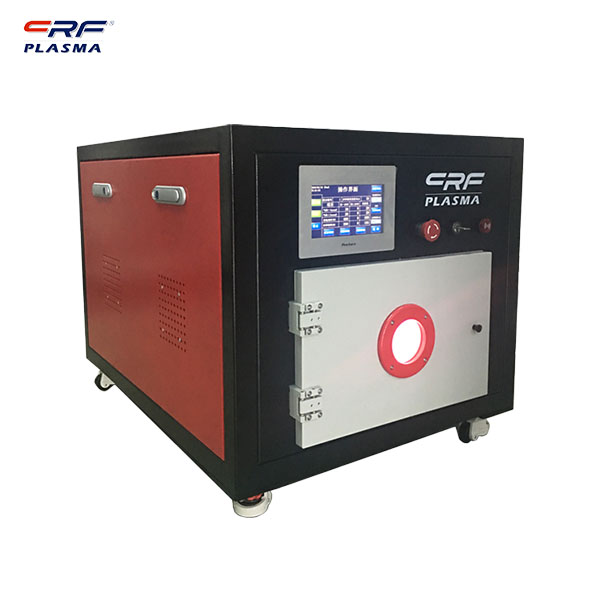 Wet etching is a commonly used chemical cleaning method. Its main purpose is to correctly copy the mask pattern on the surface of the silicon wafer to the glued silicon wafer, so as to protect the special area of the silicon wafer. Since the start of semiconductor manufacturing, silicon wafer manufacturing has been closely related to wet etching systems. The current wet etching system is mainly used to remove residues, float to remove silicon, large-scale pattern etching, etc. It has the advantages of simple equipment, high material selection ratio, and less damage to devices.
Wet etching is a commonly used chemical cleaning method. Its main purpose is to correctly copy the mask pattern on the surface of the silicon wafer to the glued silicon wafer, so as to protect the special area of the silicon wafer. Since the start of semiconductor manufacturing, silicon wafer manufacturing has been closely related to wet etching systems. The current wet etching system is mainly used to remove residues, float to remove silicon, large-scale pattern etching, etc. It has the advantages of simple equipment, high material selection ratio, and less damage to devices.
The wet etching process has the advantages of low temperature, high efficiency, and low cost. During the wet etching process, the phosphosilicate glass and metal ions on the silicon wafer can be effectively removed, and the passivation and cleaning can be completed at one time to remove impurities. Thereby improving the use efficiency of silicon wafers.
The wet etching system is an etching method that peels off the etched object through a chemical reaction between a chemical etching solution. Most wet etching systems are isotropic etching that is difficult to control. Features: Strong adaptability, uniform surface, little damage to silicon wafers, suitable for almost all metals, glass, plastics and other materials. Disadvantages: The fidelity of the drawing is not ideal, and the drawing minimum line is difficult to grasp.
Wet etching is a technique in which etching materials are immersed in an etching solution for etching. In short, it is the concept of chemical solution etching in middle school chemistry class. It is a pure chemical etching with excellent selectivity. It stops after etching the current film without destroying other materials below. film. Semiconductor wet etching systems are all isotropic etching, so for the etching of the oxide layer and the metal layer, the width of the horizontal etching is close to the vertical etching depth. In this way, the pattern on the upper photoresist and the pattern on the lower material will have a certain deviation, so that the work of pattern transfer and replication cannot be completed with high quality. Therefore, as the feature size decreases, in the process of pattern transfer Basically no longer used.
Scan the QR code to read on your phone

TEL:0755-3367 3020 / 0755-3367 3019

E-mail:sales-sfi@sfi-crf.com

ADD:Mabao Industrial Zone, Huangpu, Baoan District, Shenzhen




